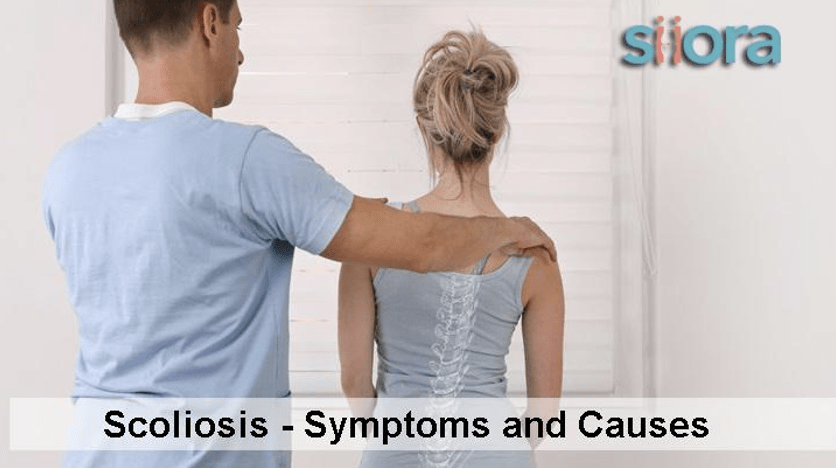Scoliosis is a spinal condition characterized by the sideways curvature of the spine. In healthy people, the spine has normal curvatures that make it S-shaped, but in the case of scoliosis, the spine becomes abnormal in shape. This condition is often detected in adolescents. One of the strange facts about the condition is that in most cases, the cause is unknown.
According to the reports, scoliosis is mild in maximum cases but as the child grows, the condition starts to become worse. In severe cases, surgery may require to be performed. The type of surgery required will depend upon the severity of the condition along with some other parameters. The surgery also involves the use of special Orthopedic Implants.
In this post, we are going to discuss scoliosis in detail along with its causes, symptoms, diagnosis, and treatment.
What Are the Symptoms?
The common signs and symptoms associated with the condition include:
- Uneven waist
- Uneven shoulder
- Imbalanced hip
- One shoulder blade more prominent than the other
- One side of the back appears more prominent while bending forward
In scoliosis, side to side curvature of the spine is experienced. This disturbs the normal anatomy of one of the body.
What Could Cause Scoliosis?
No specific cause of the most common form of scoliosis has been found yet, but the researchers feel that hereditary issues may be the reason. This is because scoliosis runs down into families. While on the other hand, some of the less common forms of scoliosis may be caused by:
- Neuromuscular conditions like cerebral palsy or muscular dystrophy
- Birth defects that affect bone growth and development in the spine
- Surgery on the chest wall that was performed during childhood
- Injuries or infections in the spine
- Spinal cord abnormalities
What Are the Complications and Risk Factors Associated with Scoliosis?
There are certain risk factors and complications of scoliosis. Let us see them one by one:
Risk Factors
- Age
- Gender (Girls have more risk of worsening the abnormal curve)
- Family history
Complications
- Breathing problems
- Chronic back pain and other back issues
- Change in the body posture
How Is It Diagnosed?
A detailed medical history along with certain questions regarding recent growth plays an important role in ensuring the correct diagnosis of the condition. Besides this, the healthcare service provider will also perform a physical examination to check the body posture, painful movements, and other symptoms that are noticed in the case of scoliosis.
To confirm the condition, some imaging tests may also be ordered:
- X-rays
- MRI, to check for spinal cord abnormality if suspected
How Scoliosis is Treated?
The treatment of scoliosis varies on certain parameters including the health condition of the patient, medical history, severity, and ongoing medications. Children with mild curve abnormality don’t require any treatment as the condition improves with time but, regular check-ups are necessary.
In the case of moderate and severe conditions, bracing or surgery may be required. Braces are generally recommended in growing children with moderate abnormal curve whereas, surgery is required in severe cases.
Surgical options that may be chosen depending upon the surgery include:
- Spinal Fusion
- Expanding Rod
- Vertebral Body Tethering
To get international standard quality spinal implants and other orthopedic devices, contact Siora Surgicals Pvt. Ltd., one of the Indian-FDA-approved Orthopedic Equipment Manufacturers and exporters.

